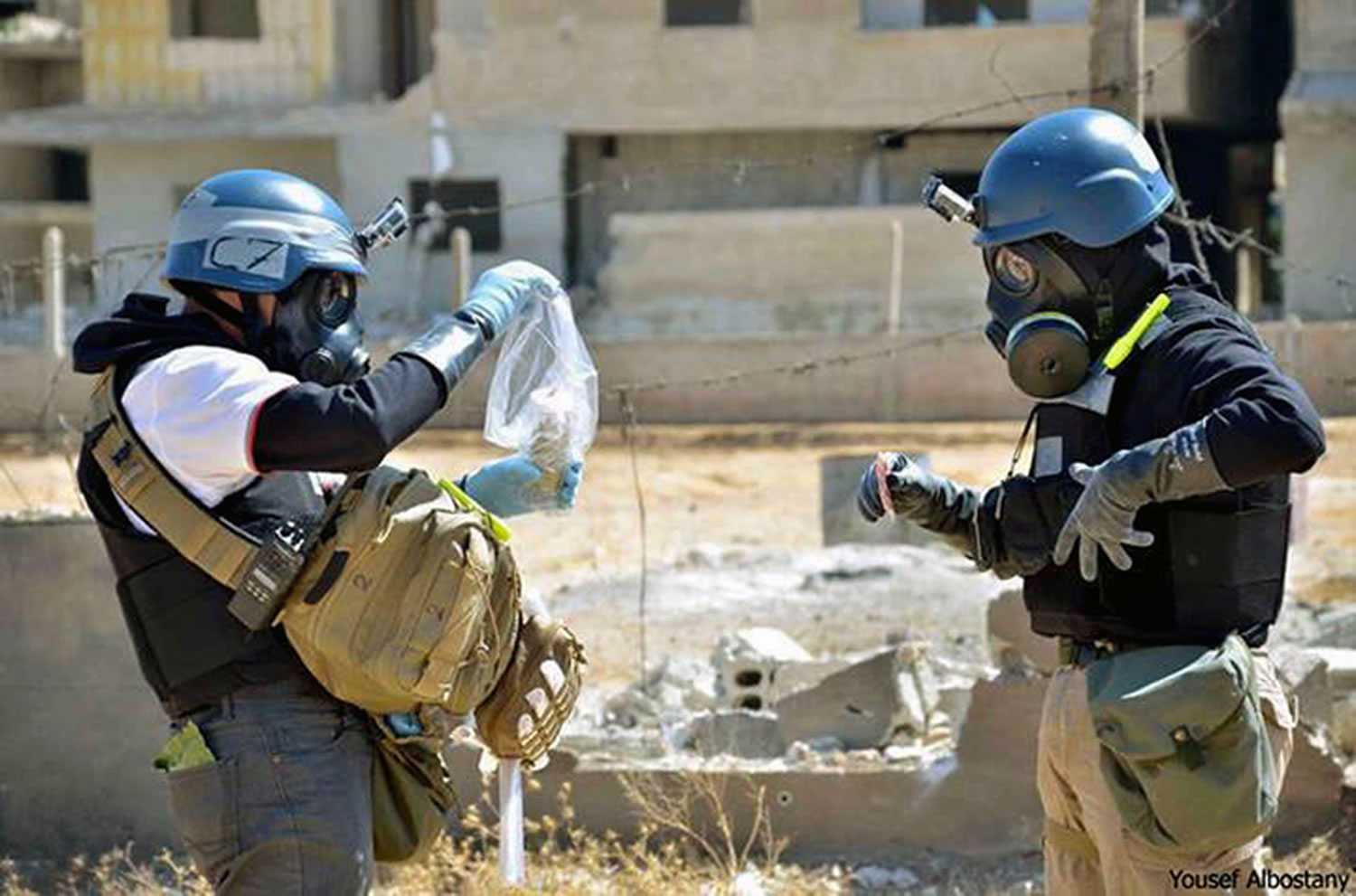WASHINGTON — Destroying Syria’s deadliest chemical weapons on land would come with vexing diplomatic and security problems as well as environmental issues. To avoid those potential troubles, U.S. officials say, the Obama administration is exploring the use of a government-owned ship to carry out the disposal in international waters.
Under a plan yet to be approved, the chemicals would be transported to the MV Cape Ray in the Mediterranean Sea. The nearly 700-foot ship, based in Portsmouth, Va., and owned by the Transportation Department’s Maritime Administration, would be outfitted with a special system to neutralize the poisons. U.S. warships would provide an escort and security.
The decision to proceed with the chemical disposal at sea would be made by the Organization for the Prohibition of Chemical Weapons, a global chemical weapons watchdog agency with 190 member states. In a statement Wednesday in the Netherlands, the watchdog agency said the effort to ship Syria’s chemical arsenal out of the country “continues to pose challenges due to the security situation on the ground.”
No country has committed to disposing of the chemical weapons on its own soil, which is why the U.S. offer to destroy the deadliest of the chemical components at sea is seen as a likely option. The U.S. officials who disclosed aspects of the U.S. portion of the plan spoke on condition of anonymity because they were not authorized to talk about it by name.
Jonathan Lalley, a spokesman for the president’s National Security Council, stressed that no decision had been reached regarding destroying the chemical weapons outside of Syria.
“We and our international partners are pursuing alternative means of destruction, and we will continue discussing with other countries how they might best contribute to that effort,” Lalley emailed. “We remain confident that we will complete elimination of the program within the milestones agreed upon.”
The Obama administration has turned to international waters when land-based actions proved problematic. The Navy buried al-Qaida leader Osama bin Laden at sea to keep his tomb from becoming an attraction for extremists. The U.S. has questioned terror suspects aboard Navy ships since the CIA closed its secret prisons overseas and President Barack Obama refused to send more prisoners to Guantanamo Bay, Cuba.
Under the plan being considered, a mobile Field Deployable Hydrolysis System using a titanium reactor and heated water and other chemicals would neutralize the chemical materials from Syria, making them unusable as weapons. The Defense Threat Reduction Agency, an arm of the Pentagon, developed the system but has never employed it in an actual operation.
According to several U.S. officials, two of the hydrolysis units would be mounted on the Cape Ray. It would take some time to retrofit the ship and conduct training to ensure that the process could be done successfully at sea.
Once the mission was finalized and the Cape Ray was ready, it would be transferred to control of the Defense Department’s Military Sealift Command. It would have a civilian crew.
As of Wednesday, U.S. officials said they were still trying to determine how the chemical warfare materials would be moved from Syria to the U.S. ship. They said they expect that another country will provide a ship for that part of the task.
Officials said they expect a final decision soon and think the operation would begin this year.



